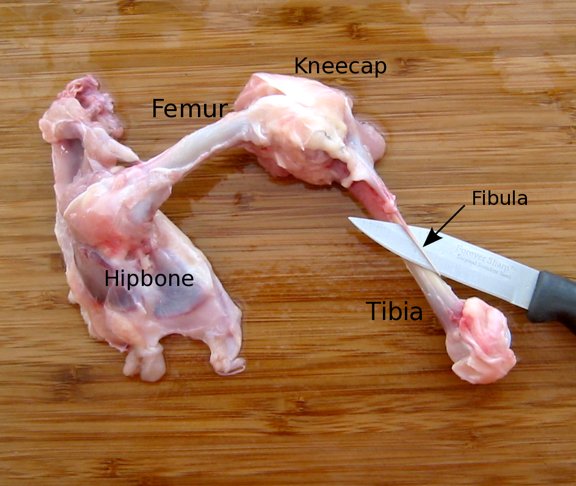This term in our physical education class, we’ve been practising football skills. From perfecting dribbling techniques to honing our passing abilities, we’ve been focused on mastering the correct execution of these skills.
I have decided to dedicate more of my training sessions to enhancing my passing skills. I’ve noticed that my passes are occasionally off-target and inconsistent, so I want to work on improving the accuracy and reliability of my passes.
Soccer passing is a fundamental skill that plays a crucial role in the game. It involves transferring the ball to a teammate in an accurate and controlled manner. Passing allows for quick and efficient ball movement, creating opportunities to advance up the field and create scoring chances. Proper passing techniques include using the inside of the foot for short and mid-range passes, while longer passes may require the use of the instep. It’s important to focus on the accuracy, timing, and weight of the pass to ensure that it reaches the intended target. Additionally, being aware of the positioning of teammates and opponents is essential for successful passing in soccer.


 Explanation:
At the top of the heart is the aorta. In the middle is all the heart strings that connect everything together.
Conclution:
Everything did work the way that I expected it to. The only thing that I wasn't expecting was the way it smelt
and how squishy and meat like it was.
Explanation:
At the top of the heart is the aorta. In the middle is all the heart strings that connect everything together.
Conclution:
Everything did work the way that I expected it to. The only thing that I wasn't expecting was the way it smelt
and how squishy and meat like it was.
